Given the same load on the output (secondary) of a transformer, the input is mains voltage, and that I don't want to try messing about with the transformer windings at all, how can one control the current supplied to the load, without affecting the voltage?
EDIT: I want to test if my high-voltage load will still work in the way I need if I supply less current to it. I have the dedicated transformer, and don't want to mess about with that. I have been given possible ways to achieve this in a permanent and efficient solution. What I need though firstly is a way to test if it still works with the power limited at all, as if not that would be a waste of money. Hence the best and quickest way to test this is to find a way to limit the current supplied by the dedicated transformer, without changing the voltage it supplies, as the load won't then work.
